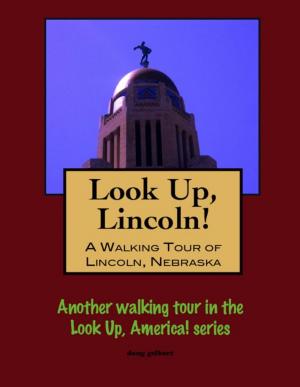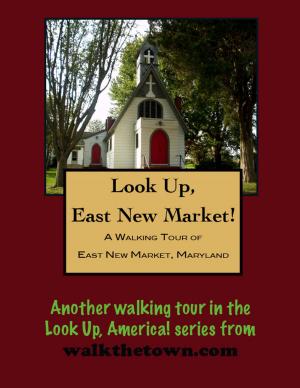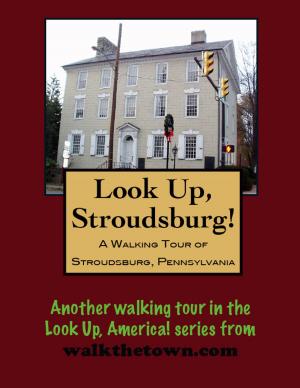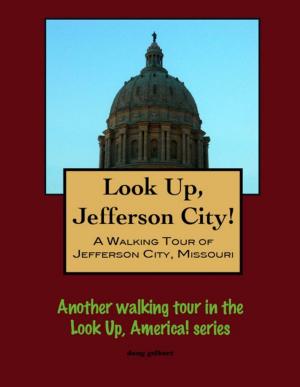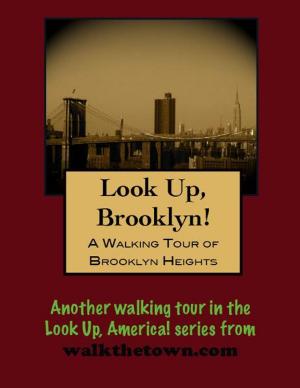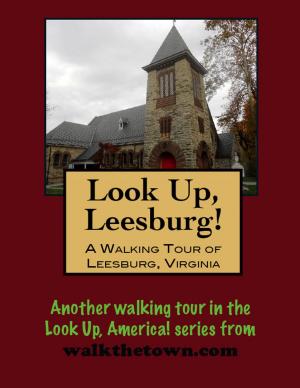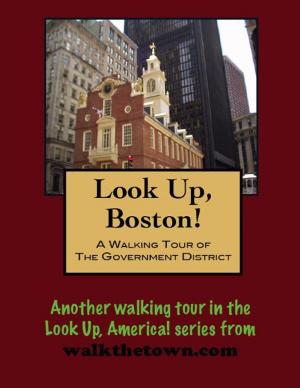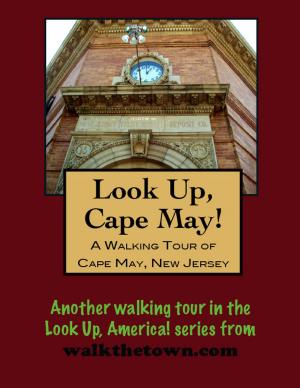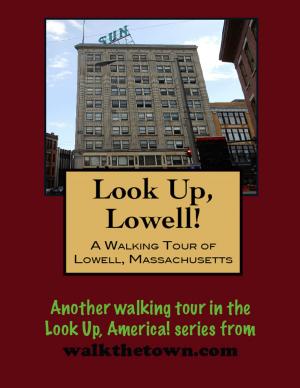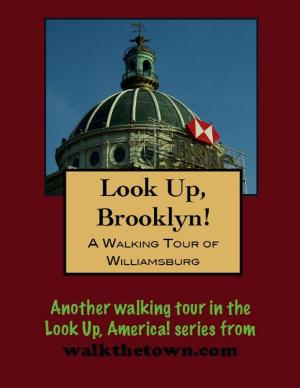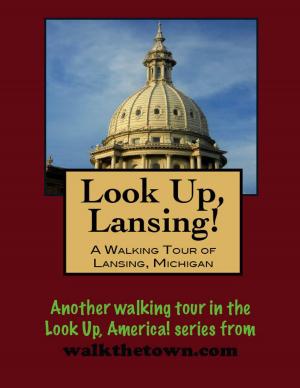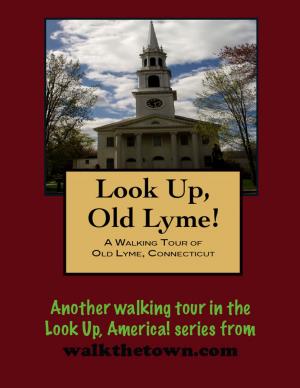| Author: | Doug Gelbert | ISBN: | 9781458141859 |
| Publisher: | Doug Gelbert | Publication: | March 2, 2011 |
| Imprint: | Smashwords Edition | Language: | English |
| Author: | Doug Gelbert |
| ISBN: | 9781458141859 |
| Publisher: | Doug Gelbert |
| Publication: | March 2, 2011 |
| Imprint: | Smashwords Edition |
| Language: | English |
There is no better way to see America than on foot. And there is no better way to appreciate what you are looking at than with a walking tour. This walking tour of Greenwich, Connecticut is ready to explore when you are. Each walking tour describes historical, architectural landmarks, cultural sites and ecclesiastic touchstones and provides step-by-step directions. Every tour also includes a quick primer on identifying architectural styles seen on American streets.
For a town whose reputation is often pegged to money it is perhaps no surprise that even after it was purchased by the British in 1640 the settlers of the town preferred to remain a part of the Dutch colony of New Amsterdam, a colony swayed first and foremost by all things financial. Those English buyers did well by themselves in the pocket book as well. For the cost of 25 coats, Daniel Patrick and Robert Feake picked up all the land between the Asamuck and Potommuck brooks.
For 200 years farming was the main activity in Greenwich, with a sprinkling of mills. Industry never really took hold in the town. There was a saltworks and an ironworks and shipbuilding but nothing that would leave a lasting mark. What would, however, leave an indelible impression on Greenwich was the railroad which arrived in 1848. At first New Yorkers used the easy access to Greenwich for a summer escape. When the humidity started to rise the rooms would fill at Ye Old Greenwich Inn, The Castle and The Crossways Inn in Old Greenwich, and The Maples Inn, The Lenox House and the Edgewood Inn.
Then, rather than rack up hotel charges the wealthy came to live. There was the “Tin Plate King,” Daniel Gray Reid. And the “Sugar King,” Henry O. Havemeyer. The “Mattress King,” Zalmon Gilbert Simmons, built the showiest estate of all. the families of Morgan, Rockefeller and Dodge all found their way to Greenwich. By the 1920s any list of richest American towns always had a place reserved on it for Greenwich. Our walking tour will begin in a cluster of civic buildings and then wander up the “Rodeo Drive of the Northeast where retail rents command more than midtown Manhattan per square foot...
There is no better way to see America than on foot. And there is no better way to appreciate what you are looking at than with a walking tour. This walking tour of Greenwich, Connecticut is ready to explore when you are. Each walking tour describes historical, architectural landmarks, cultural sites and ecclesiastic touchstones and provides step-by-step directions. Every tour also includes a quick primer on identifying architectural styles seen on American streets.
For a town whose reputation is often pegged to money it is perhaps no surprise that even after it was purchased by the British in 1640 the settlers of the town preferred to remain a part of the Dutch colony of New Amsterdam, a colony swayed first and foremost by all things financial. Those English buyers did well by themselves in the pocket book as well. For the cost of 25 coats, Daniel Patrick and Robert Feake picked up all the land between the Asamuck and Potommuck brooks.
For 200 years farming was the main activity in Greenwich, with a sprinkling of mills. Industry never really took hold in the town. There was a saltworks and an ironworks and shipbuilding but nothing that would leave a lasting mark. What would, however, leave an indelible impression on Greenwich was the railroad which arrived in 1848. At first New Yorkers used the easy access to Greenwich for a summer escape. When the humidity started to rise the rooms would fill at Ye Old Greenwich Inn, The Castle and The Crossways Inn in Old Greenwich, and The Maples Inn, The Lenox House and the Edgewood Inn.
Then, rather than rack up hotel charges the wealthy came to live. There was the “Tin Plate King,” Daniel Gray Reid. And the “Sugar King,” Henry O. Havemeyer. The “Mattress King,” Zalmon Gilbert Simmons, built the showiest estate of all. the families of Morgan, Rockefeller and Dodge all found their way to Greenwich. By the 1920s any list of richest American towns always had a place reserved on it for Greenwich. Our walking tour will begin in a cluster of civic buildings and then wander up the “Rodeo Drive of the Northeast where retail rents command more than midtown Manhattan per square foot...

